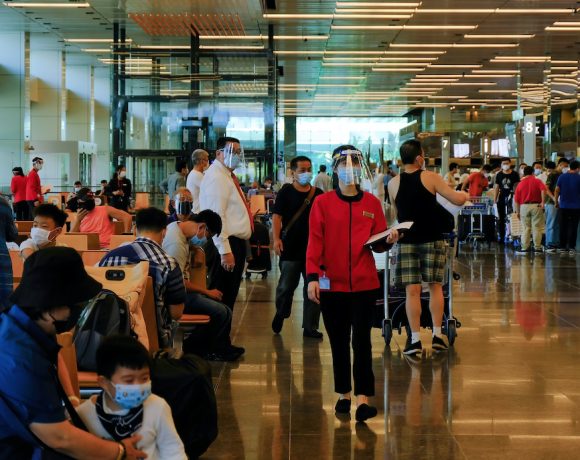- Big Data becomes more powerful when it is voluntarily shared by the citizens. Through the use of online design tools, it is now possible to mobilize collective intelligence to craft the design of future neighbourhoods and engage citizens in creative thinking.
- It is critical to develop new training curricula that expose planners and designers to the potentials of creative data mining. In the history of systematisation of architecture and urban planning, Big Data and its counterpart AI are new milestones that professionals should not be afraid of.
- Big Data breaks silos, creates direct bridges between policy-makers and citizens and supports real-time views of a particular city.
“Quantity has a quality of its own”
The use of Big Data offers tremendous opportunities for urban planners and designers. By all means, the use of data in design and planning is not new but the volume of data that is today being produced through satellite imagery, social media, mobile phones and sensor networks reinforces and diversifies the possibilities for evidence-based spatial planning. Social sensing, through the exploration of social media in cities with high digital penetration such as Singapore, can help to understand people’s behaviours in urban areas, for example the use of public spaces or the interactions between people and nature in cities. In the developing world, mobile phone data can be used as a proxy for census data and help plan for infrastructure development, whether transportation or energy network systems.
Data x People = Magic!
Big Data becomes more powerful when it is voluntarily shared by the citizens. The use of Big Data has become increasingly sensitive because of the recent abuses and misappropriation of digital information. Think about the Cambridge Analytica scandal. This calls for new arrangements and new engagement methods to put citizens back at the centre of the action. Data crowdsourcing and co-design are good examples of such methods. Through the use of online design tools, it is now possible to mobilize collective intelligence to craft the design of future neighbourhoods and engage citizens in creative thinking. These tools are the foundations of innovative participation methods, such as Public Participation Geographic Information Systems (PPGIS) or Citizen Design Science. Some will consider it Small Data, because it is not always produced at large scale, but it does not matter as long as it helps create more transparency and ownership in urban planning.
Big Data and the urbanist 4.0
Urbanists have for a long time leveraged the use of information technologies (think about 60 years old GIS) but in this new data deluge context, it is time to rethink the role of urban planners and designers in order to maximise the potential of data analytics throughout the design process. We cannot ask urbanists to become data scientists tomorrow but we can create communities of practice around new data-based planning and design tools that upskill planners and designers. In the medium term, it is also critical to develop new training curricula that expose planners and designers to the potentials of creative data mining. In the history of systematisation of architecture and urban planning, Big Data and its counterpart AI are new milestones that professionals should not be afraid of. As long as they contribute to streamline your workflow and empower your staff, Big Data and AI are your friends, not your enemies.
Big Data gives answers, but what was the question?
A common pitfall of Big Data use is to start querying any datasets and to look for correlations without a proper guiding framework and research question. Too often, the need for a clear and sound research intention is overlooked, because the excitement of accessing a new dataset is too big and the time available to work on it is too short. A way to circumvent this is to take time to lay down a clear plan starting with a problem statement and a description of the expected outputs. It is also always good to seek advice from data science experts about the best techniques to analyse the datasets and think about complementary sources of information and pieces of technologies that would be required to reinforce your analysis.
Governing the Data or Datafying the Governance?
Finally, the use of Big Data has become a governance question. Like any other urban systems, such as energy, water, transport, the management and regulation of data is a major issue. Not only because no single urban authority can claim access to all the data that is being produced (municipalities need to work with industry players, start-ups, academia..) but also because the use of data reshapes current governance models. It breaks silos, creates direct bridges between policy-makers and citizens and supports real-time views of a particular city. This has clear consequences on how a municipality takes decisions and plans for the future. Urban data management and urban governance are two interrelated dimensions that inform each other. Further research on that field is highly needed as the rapid technological changes will keep challenging the responsiveness and flexibility of current urban governance models.






NO COMMENT